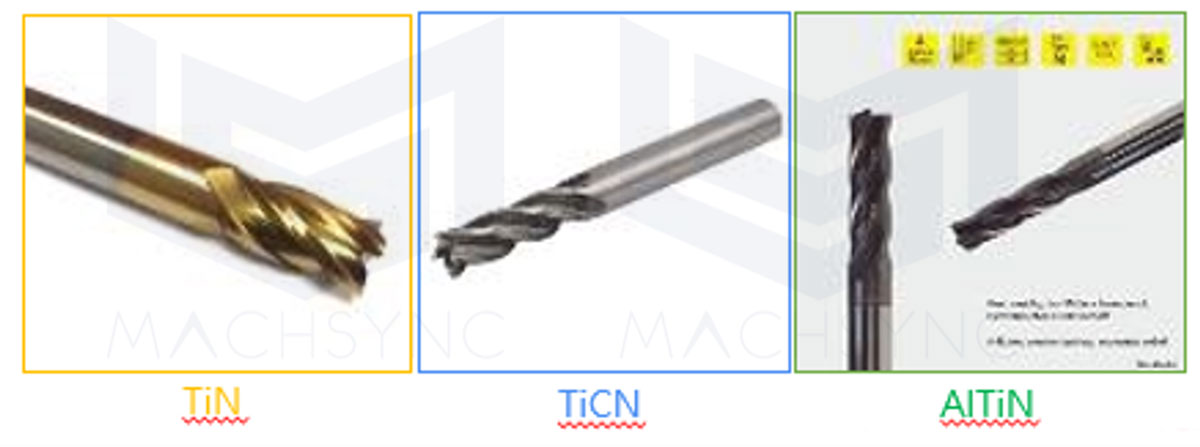Tool coating
Only replying on one kind of coating cannot meet the requirements of various mechanical properties, and each cutting method and workpiece material has a suitable type of tool coating, therefore, the tool coating can be classified complexly, common ones are Tin, TiCN, AlTiN, etc. Each of them has different hardness, thickness, friction coefficient, heat-resistant temperature, and coating color. In contrast, coated tools have better comprehensive performance, so suitable coating is very important for tools.










































